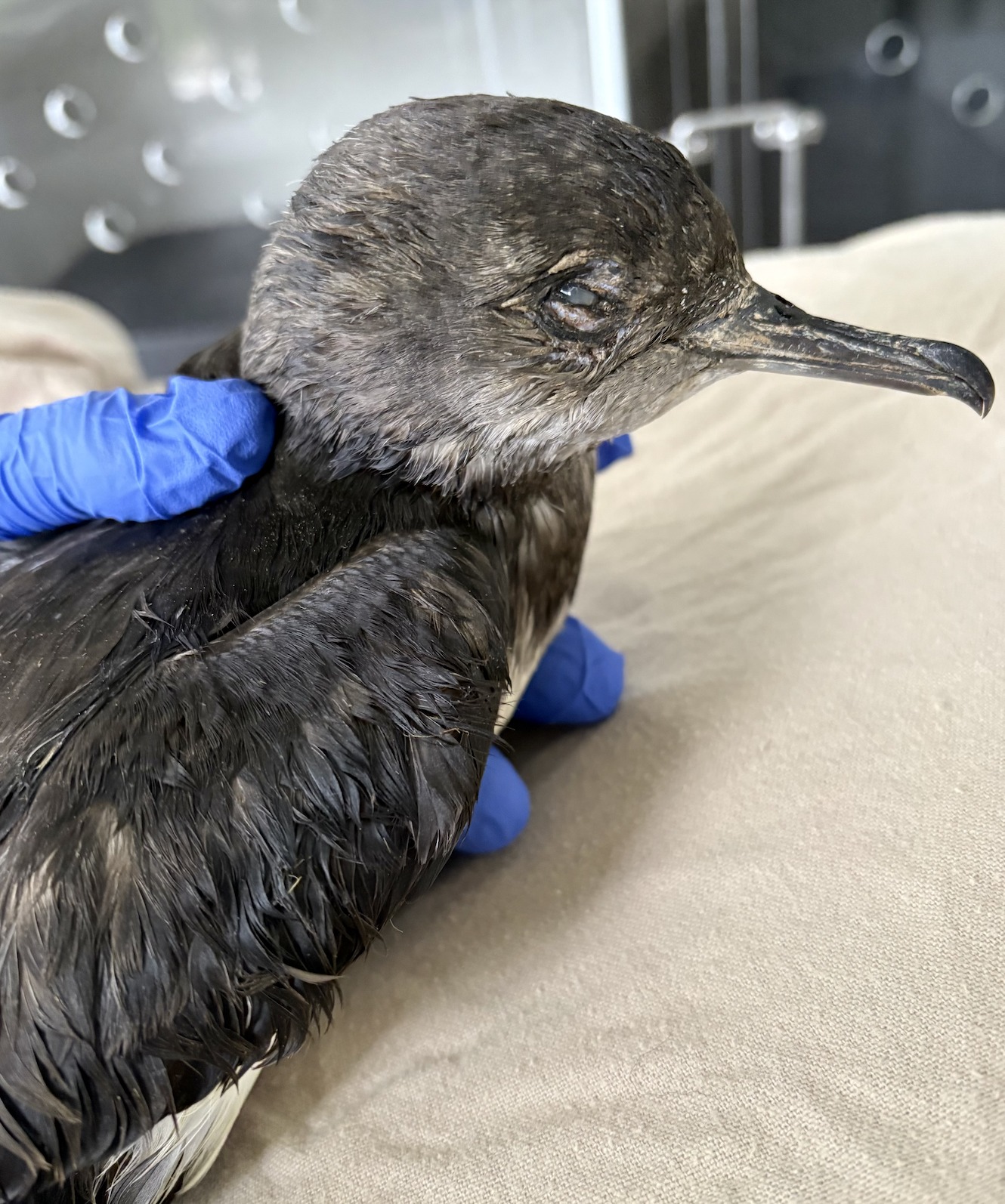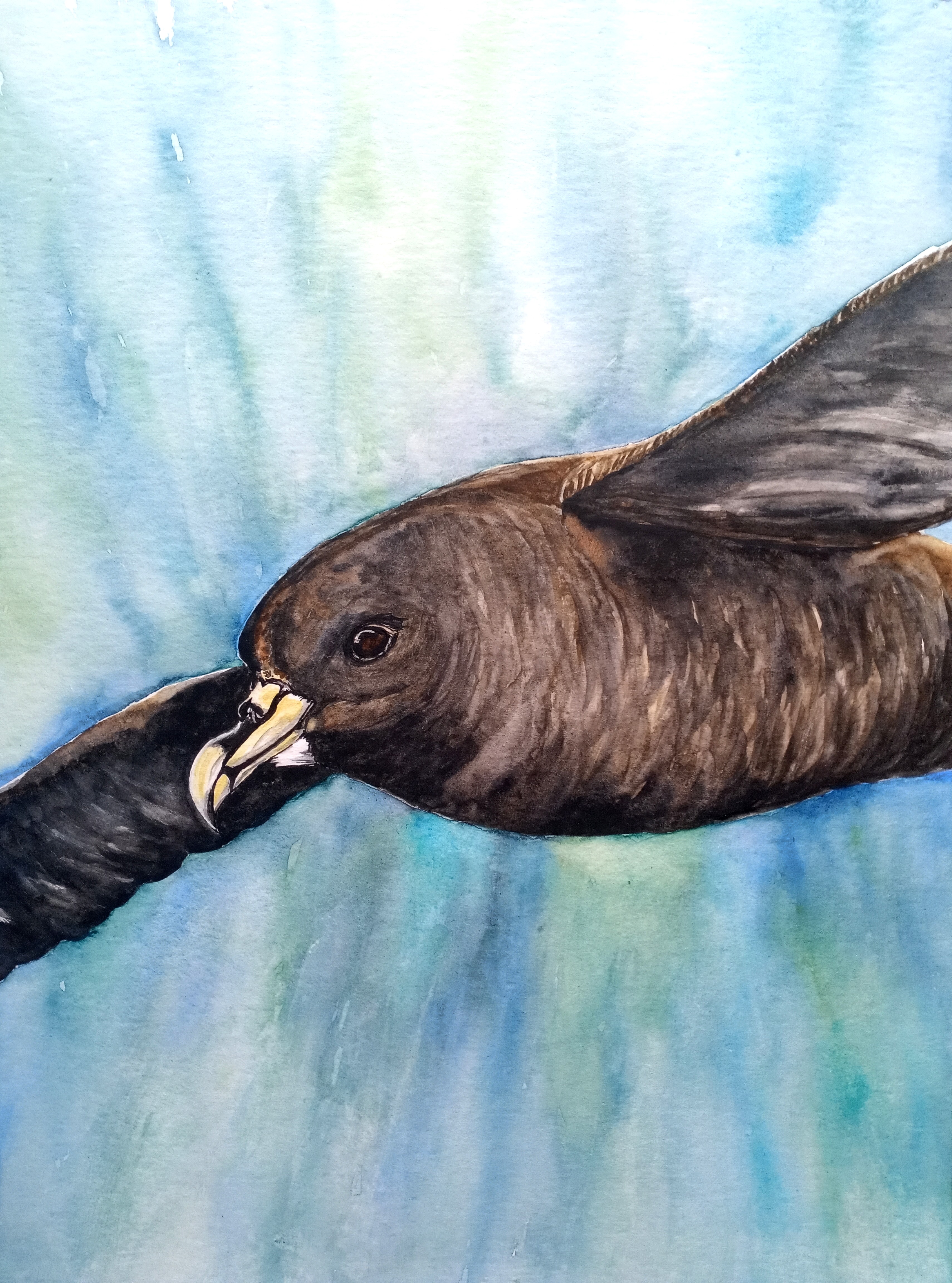 White-chinned Petrel by Helen Worthington of Artists & Biologists Unite for Nature (ABUN) for World Albatross Day 2020, watercolour after a photograph by Kirk Zufelt
White-chinned Petrel by Helen Worthington of Artists & Biologists Unite for Nature (ABUN) for World Albatross Day 2020, watercolour after a photograph by Kirk Zufelt
Daphne Goldberg (Instituto Albatroz, Cabo Frio, Rio de Janeiro, Brazil) and colleagues have published online in the open access journal Marine Ornithology on a Vulnerable White-chinned Petrel Procellaria aequinoctialis that flew over 10 000 km.
The paper’s abstract follows:
“This study presents the case of a White-chinned Petrel Procellaria aequinoctialis that was tagged as a fledgling in April 2023 in the Kerguelen Islands, southern Indian Ocean, and subsequently rescued on the southeast coast of Brazil in July 2024. Upon recovery, the petrel displayed symptoms of exhaustion, malnutrition, and anemia, highlighting the substantial energy demands associated with its extensive journey of over 10,000 km. Rehabilitation efforts were successful, resulting in the bird’s release after a month of intensive care, which involved nutritional support and monitoring of its health parameters. This case highlights the importance of long-term coastal and marine monitoring programs, which provide valuable data about the health challenges of seabirds, their long-distance movements, and the impacts of human activities on their populations.”
Reference:
Goldberg, D.W., Delord, K., Bezerra, G., Lorenço, J.R., Vieira, B. S.F., Saraiva, L.R., Lesage, C., Barbraud, C., Marques, C.A., Neves, T. & Vanstreels, R.E.T. 2025. From Kerguelen to Brazil: Insights into the movement and health of a threatened seabird, the White-chinned Petrel Procellaria aequinoctialis. Marine Ornithology 53: 357-360.
John Cooper, Emeritus Information Officer, Agreement on the Conservation of Albatrosses and Petrels, 16 October 2025


 English
English  Français
Français  Español
Español 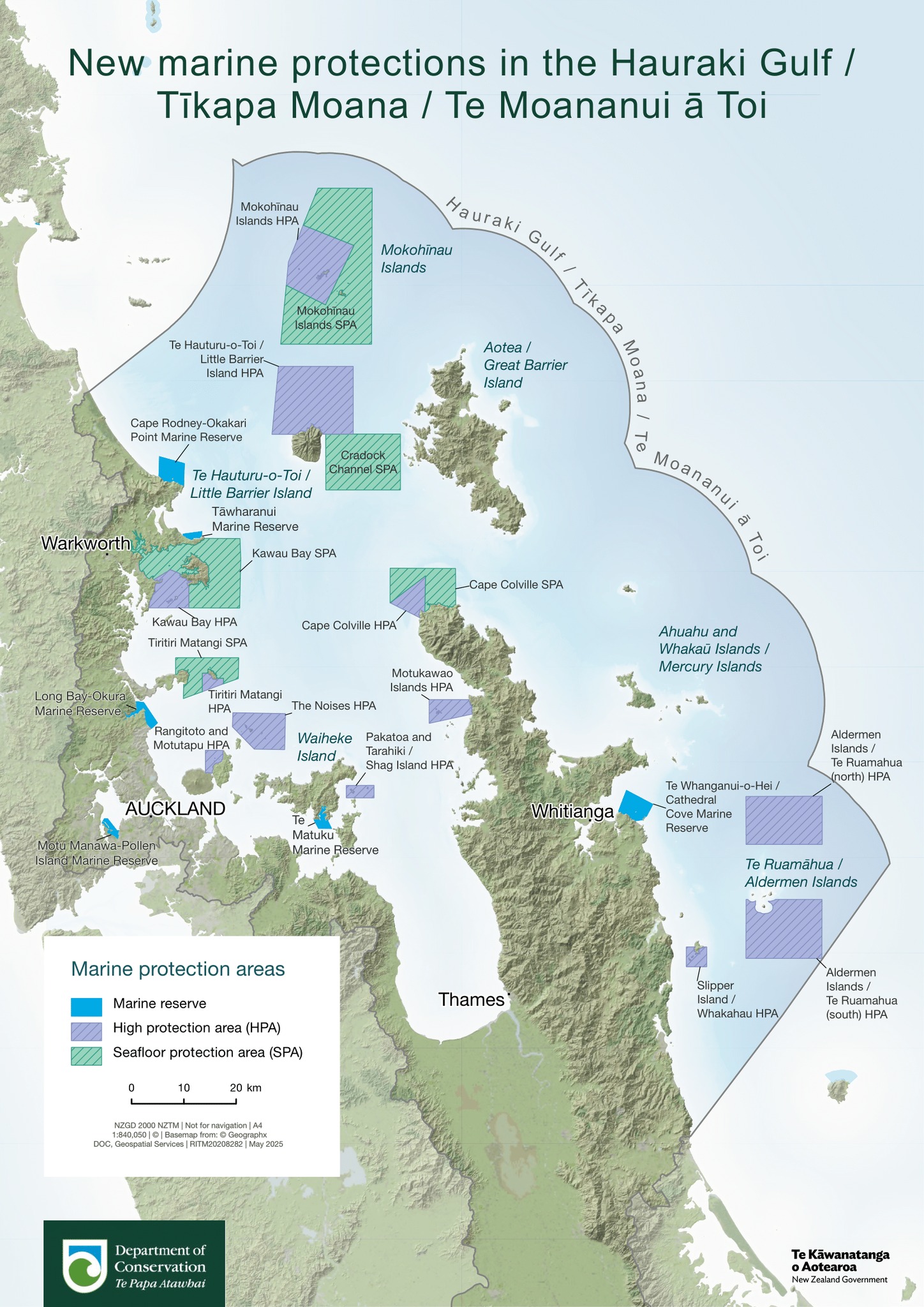 New marine protection sites within the Hauraki Gulf
New marine protection sites within the Hauraki Gulf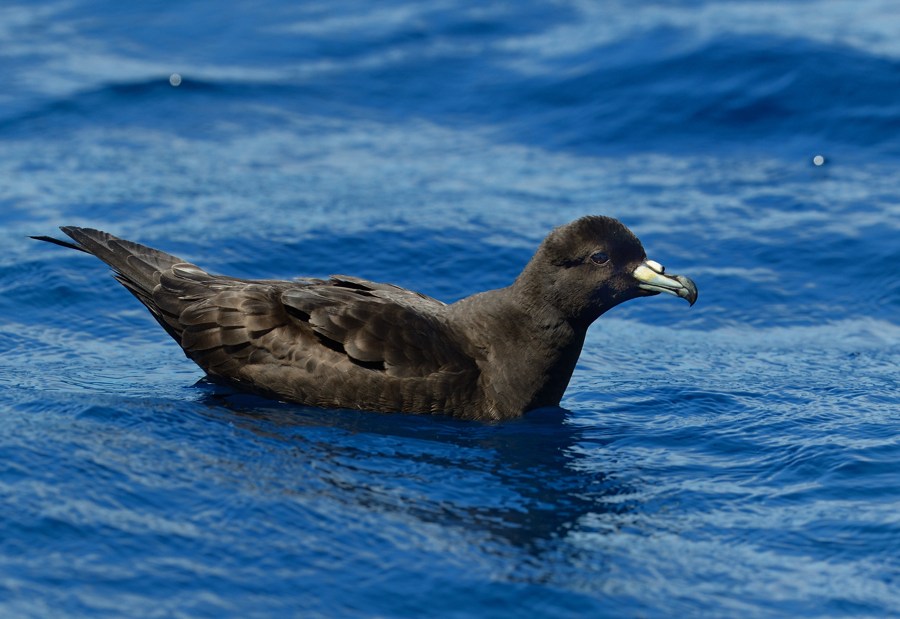
 White-chinned Petrel by Helen Worthington of Artists & Biologists Unite for Nature (
White-chinned Petrel by Helen Worthington of Artists & Biologists Unite for Nature (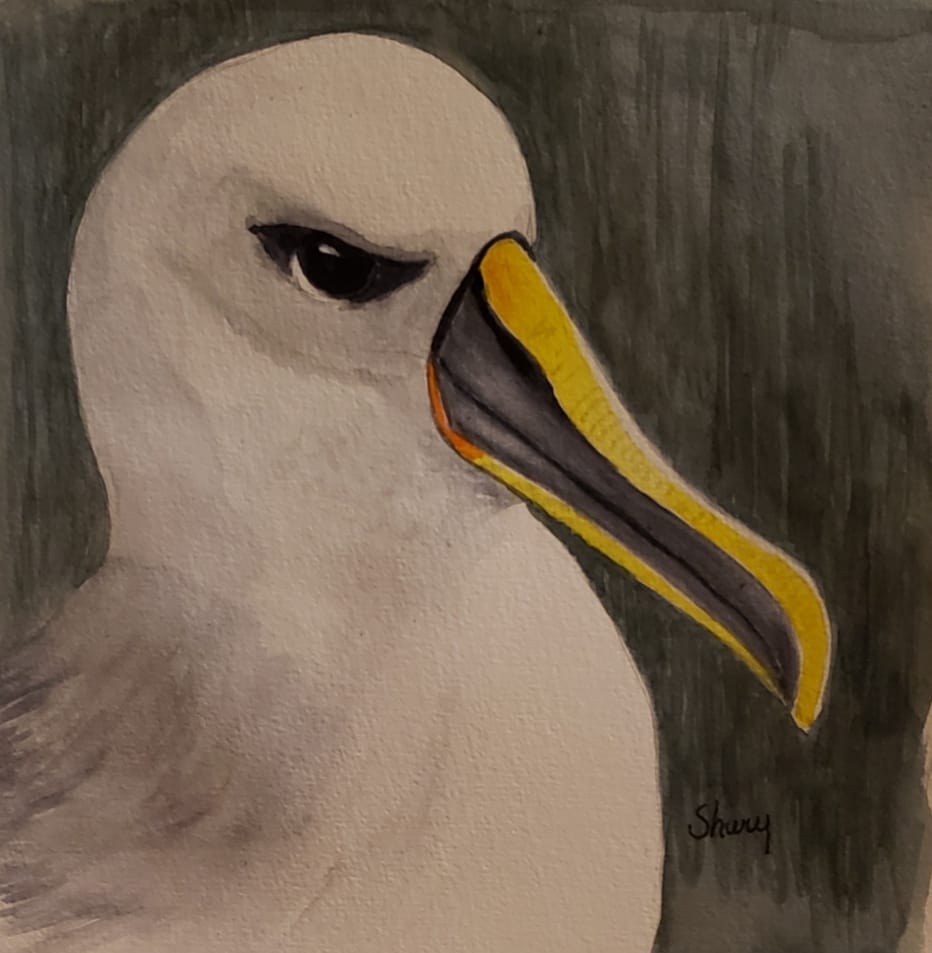 Buller’s Albatross by Shary Page Weckwerth of Artists & Biologists Unite for Nature (
Buller’s Albatross by Shary Page Weckwerth of Artists & Biologists Unite for Nature (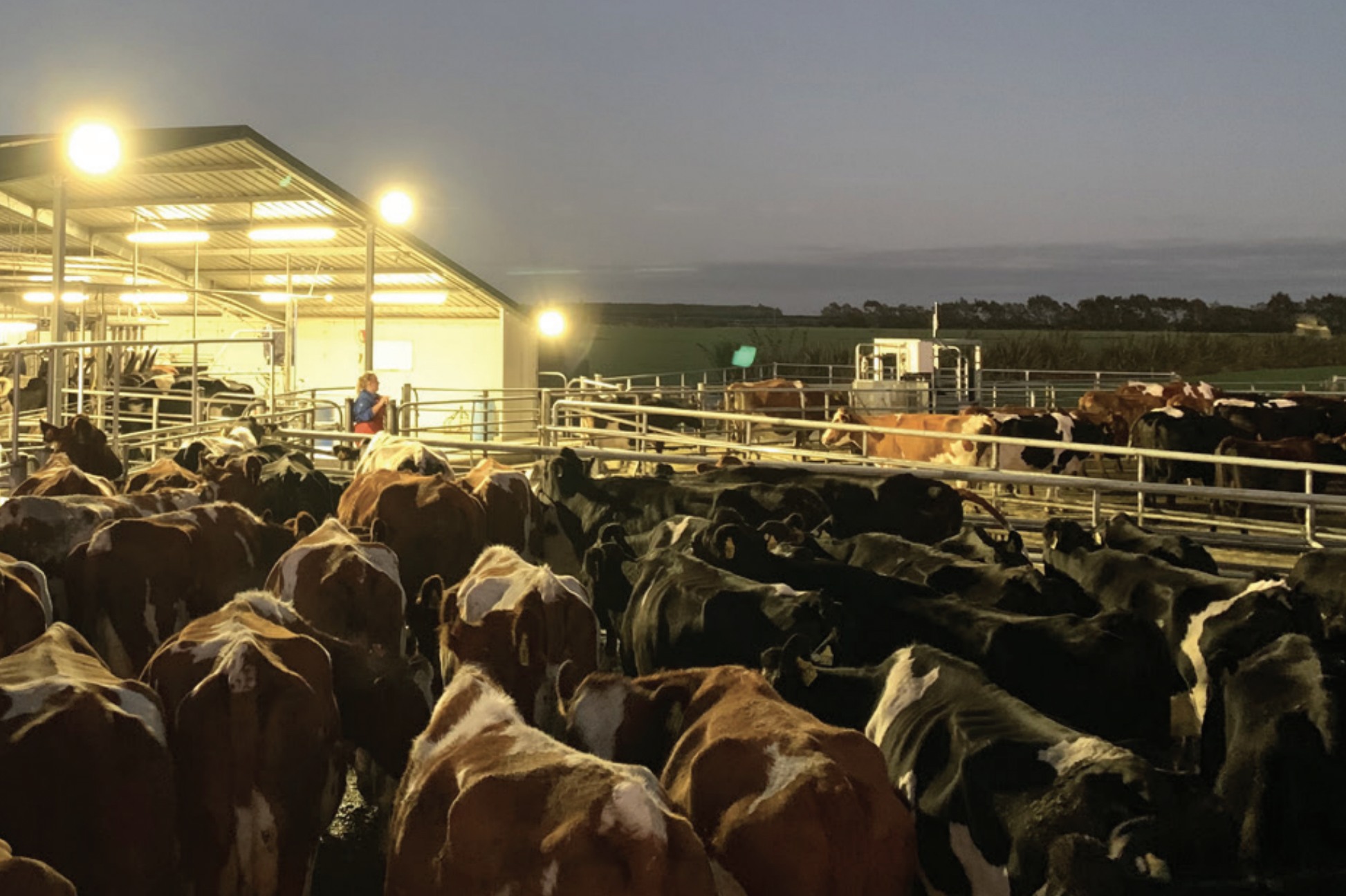 A well-lit Kaikoura dairy farm as cows wait to be milked before dawn
A well-lit Kaikoura dairy farm as cows wait to be milked before dawn